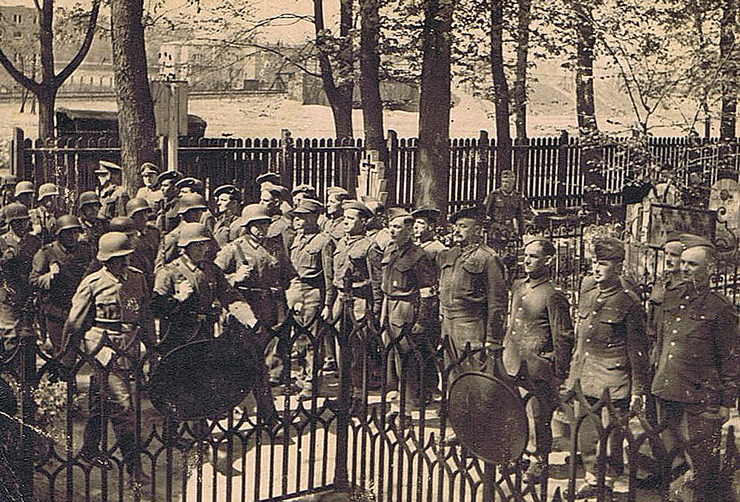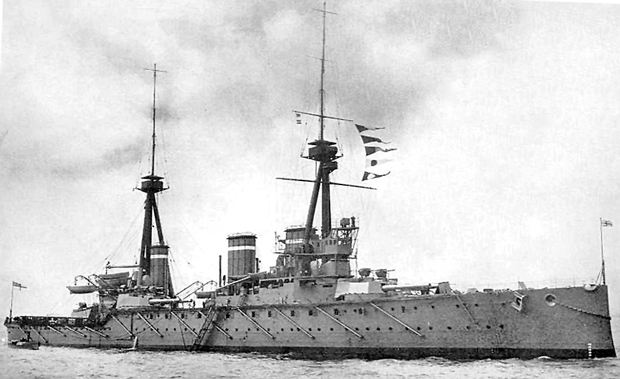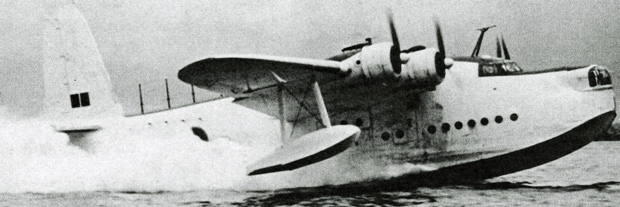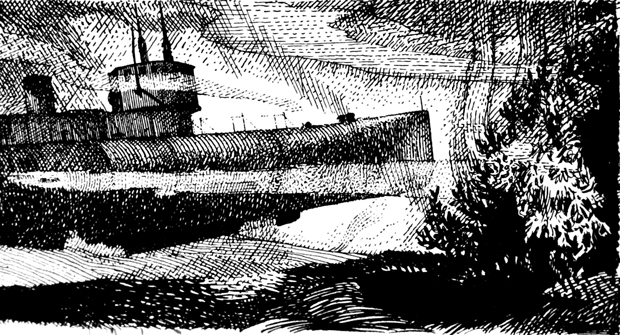
ONE of the saddest events in the history of the Gareloch is the K.13 submarine disaster, which took place on January 29 1917.
What follows is the third of four accounts of the tragedy, found recently by Rhu man Alan Dundas. It is a long and fascinating article by Alastair Borthwick illustrated with sketches.



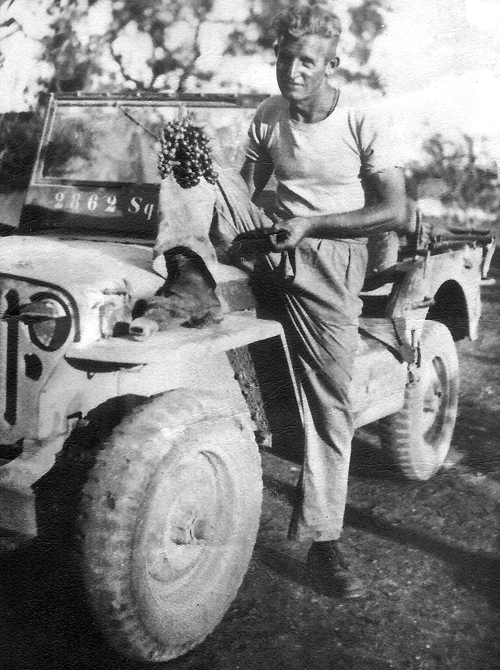 HELENSBURGH has become a focal point for people wanting to find secret information about World War Two.
HELENSBURGH has become a focal point for people wanting to find secret information about World War Two.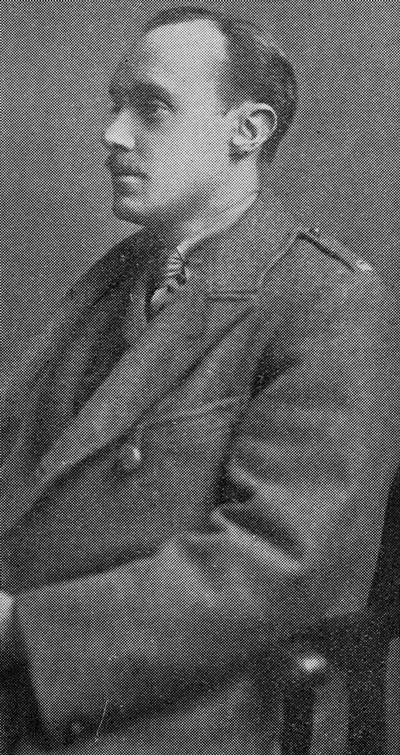 A WORLD WAR ONE hero who died in Helensburgh’s Victoria Infirmary on September 28 1972 at the age of 93 was immensely popular with the local regiment, the 9th Argylls, for his courage.
A WORLD WAR ONE hero who died in Helensburgh’s Victoria Infirmary on September 28 1972 at the age of 93 was immensely popular with the local regiment, the 9th Argylls, for his courage.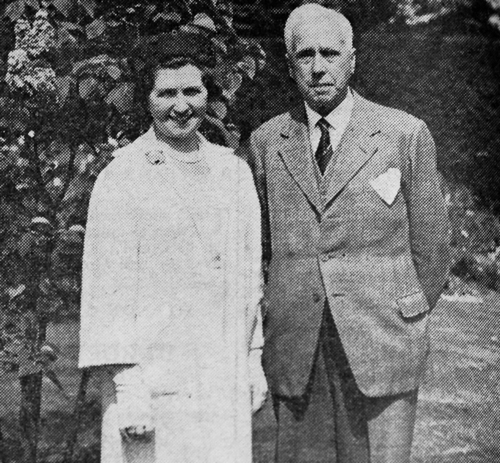 THE MAN who organised the reunions of Helensburgh and district service personnel who fought in the First and Second World Wars was a highly respected town resident.
THE MAN who organised the reunions of Helensburgh and district service personnel who fought in the First and Second World Wars was a highly respected town resident.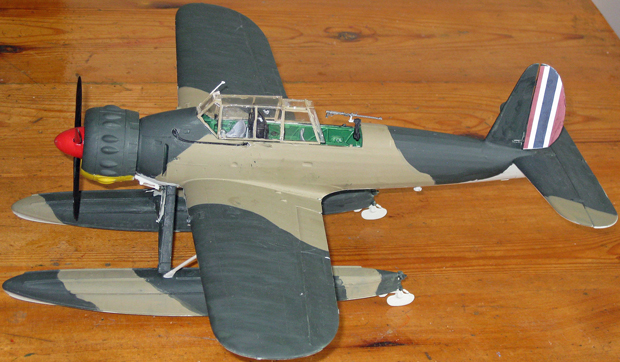 AN IMPROMPTU visit to a charity shop on Merseyside transported retired journalist Robin Bird to the Gareloch and Helensburgh of April 26 1940.
AN IMPROMPTU visit to a charity shop on Merseyside transported retired journalist Robin Bird to the Gareloch and Helensburgh of April 26 1940.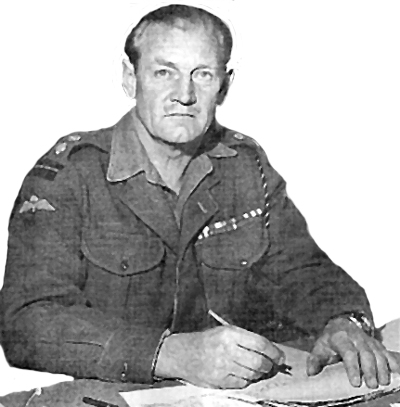 THE VIEW down Charlotte Street in Helensburgh and across the Clyde must have been a very welcome change for a World War Two soldier hero when he returned from captivity.
THE VIEW down Charlotte Street in Helensburgh and across the Clyde must have been a very welcome change for a World War Two soldier hero when he returned from captivity.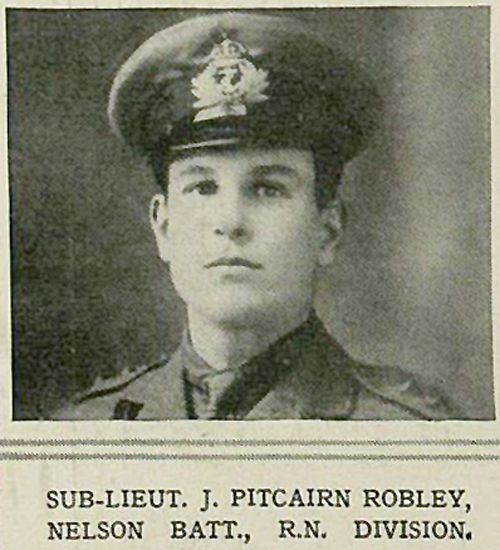 A YOUNG Helensburgh naval officer who was a nephew of Andrew Bonar Law was shot by a sniper in a World War One trench battle.
A YOUNG Helensburgh naval officer who was a nephew of Andrew Bonar Law was shot by a sniper in a World War One trench battle.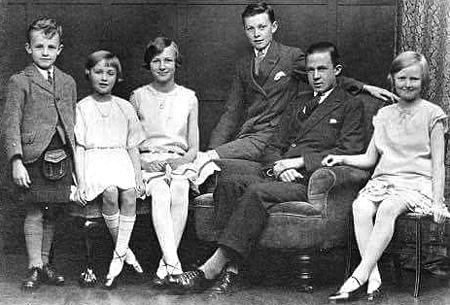 A HELENSBURGH man who made a dramatic escape from a mini-submarine in Loch Striven serves as an example of the talent to be found in the Marine Aircraft Experimental Establishment at RAF Helensburgh during World War Two.
A HELENSBURGH man who made a dramatic escape from a mini-submarine in Loch Striven serves as an example of the talent to be found in the Marine Aircraft Experimental Establishment at RAF Helensburgh during World War Two.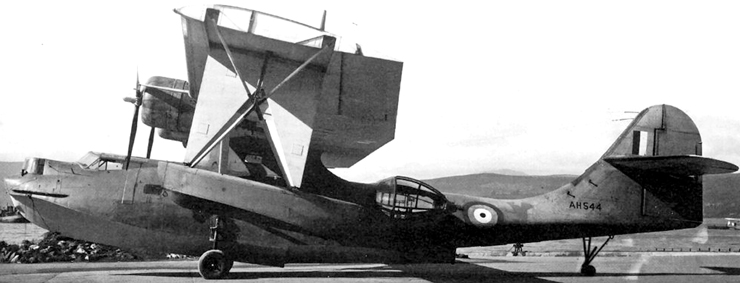
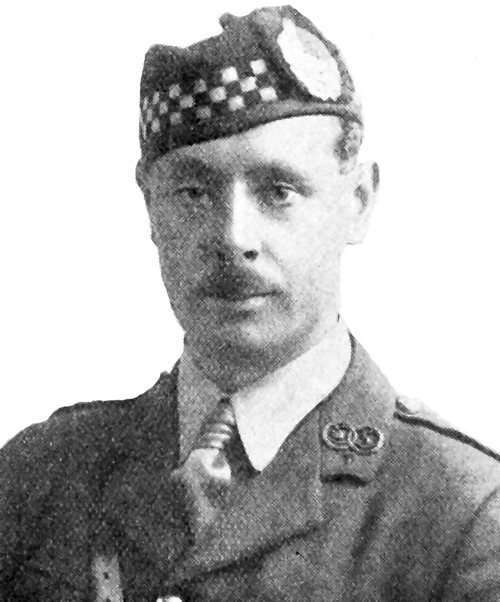 A HIGHLY respected World War One officer from Helensburgh who was a nephew of Lord Strathclyde died in strange circumstances in Italy early in 1918.
A HIGHLY respected World War One officer from Helensburgh who was a nephew of Lord Strathclyde died in strange circumstances in Italy early in 1918.